Welcome to Parcelconsulting
Welcome to Parcelconsulting

The ecommerce sector continues to grow rapidly, and maintaining a competitive edge as an ecommerce business is intricately tied to staying on top of the latest developments in shipping and logistics. As 2024 unfolds, we are continuing to witness rapid evolution in ecommerce shipping, fueled by technological advancements, shifting consumer expectations, and an increasing demand for faster, more dependable delivery options.
Whether you’re launching a new online store or already shipping thousands of orders worldwide on a daily basis, grasping and adapting to these shifts is critical. This guide is crafted to take you through the intricacies and hurdles of ecommerce shipping and logistics, equipping you with the necessary resources to adopt best-in-class strategies and transform these challenges into advantages.
Starting a new ecommerce business can feel overwhelming, particularly when it comes to figuring out how to compete with Amazon delivering many items the same day now. While established shippers can likely skip ahead to the next section, we wanted to make sure this guide covers all the basics before exploring each aspect in more detail. To help you hit the ground running, here are some of essential shipping basics and first steps you should consider when launching a new ecommerce business:
Now that we’ve got the basics and a few first steps out of the way, let’s catch everyone up on how ecommerce shipping got here. With each section, you’ll gain insights and strategies tailored to your business’s size and stage. Jump right in as we explore the dynamic evolution of ecommerce shipping—each section offers tailored insights and strategies, making sure your business doesn’t just survive, but truly thrives in 2024 and beyond!
The story of shipping in ecommerce is a fascinating voyage that mirrors the explosive growth and innovation within the industry.
The Smithsonian explains that: “What likely counts as the very first legitimate online transaction goes to Dan Kohn in August 1994, who created a website called NetMarket, the Shopify video reports. On August 11, Kohn sold a CD of Sting’s ‘Ten Summoner’s Tales’ to a friend in Philadelphia…Kohn’s friend paid $12.48 plus shipping, and he used data encryption software to send his credit card number securely. Despite the report in The New York Times, however, another website called The Internet Shopping Network claims that it started selling computer equipment online about a month before the rock CD’s headline-grabbing sale, reports Alorie Gilbert for CNET.”
From those early innovative transactions, a societal shift in consumer behavior was born. To help grasp how quickly these innovations are happening, we’ve laid out a few key milestones in the evolution of ecommerce and parcel shipping that have lead to the complex, global networks we use to get online orders to delivered to almost any doorstep in the world today:
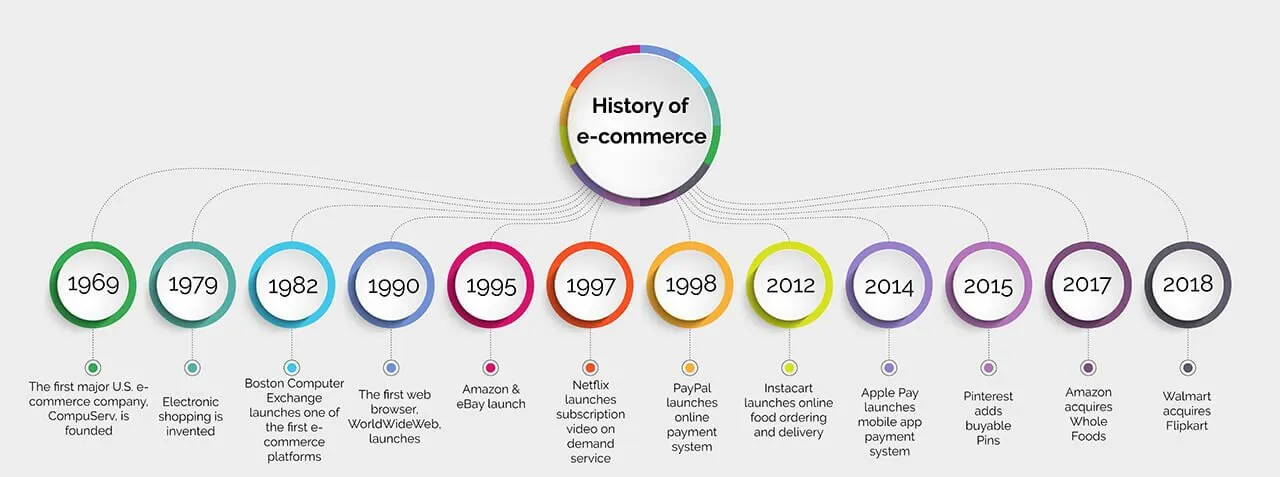
The landscape of ecommerce shipping today is shaped by several key trends and technological advancements:
The development of shipping within the ecommerce sector showcases the industry’s capacity for innovation and its ability to adjust to shifts in supply and demand. As we look to the future, the trends and technologies that have shaped recent years will continue to influence the direction of shipping, promising even more innovations and challenges to overcome.
The ascent of ecommerce and the parallel expansion of parcel shipping are hallmarks of the digital age. This section dives into the remarkable growth trajectories of both sectors, highlighting how they’ve evolved from nascent online sales to dominating the global retail landscape.
To truly grasp the magnitude of growth, imagine an interactive dashboard that presents the journey of ecommerce and parcel shipping over the last few decades. This digital feature would allow users to:
Explore Growth Over Time: Just last year, global online ecommerce sales surged to $5.908 billion USD, ascending from 3.354 billion USD merely four years prior, back in 2019. Even more surprising, recent research released by Polaris projects the ecommerce logistics market to have an estimated compound annual growth rate (CAGR) of 20.8% increasing the total market value of $2 Trillion (with a T) by 2032.
Consumers Shifting to Ecommerce: The chart below displays the Department of Commerce’s Quarterly Retail ecommerce Sales Report that details how ecommerce has become a bigger part of total retail sales in the US over the past 5 years.
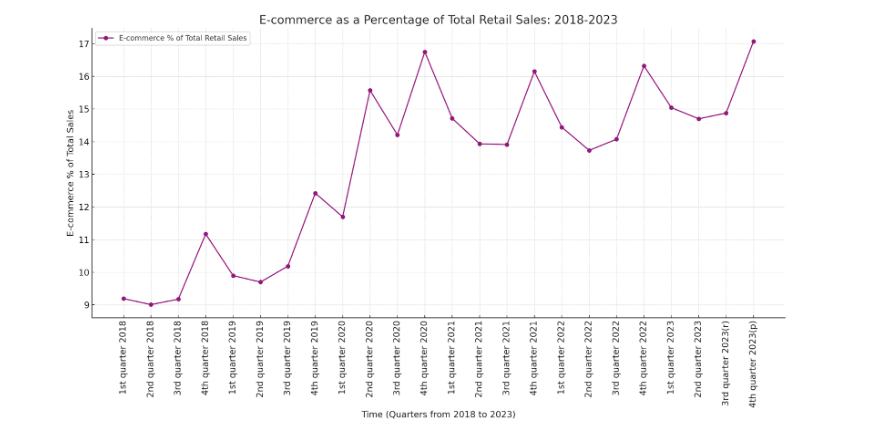
Ecommerce growth is vigorously reshaping industries, as consumer preferences lean more towards online marketplaces, digital payment methods, and doorstep deliveries. This wave of change will be compellingly evident as we examine the pace of technological innovation, social commerce, and cross-border ecommerce, each reflecting diverse impacts on market share and sales figures. As we transition into exploring the evolution of ecommerce in major industries, let’s keep these transformative shifts in mind.
The evolution of ecommerce across major industries has been rapid and transformative. Here are some pivotal moments in the evolution of ecommerce:
The Dawn of Ecommerce:
Milestones and Growth:
Innovation and Expansion:
This timeline illustrates not just the growth but the diversification and resilience of ecommerce, adapting to technological advancements and changing consumer behavior.

Important Note on Social Commerce: Make sure you focus on seamless integration of any social sales channels into your existing software and process. Adding more sales channels to monitor, while having to manually process those orders, can be a recipe for disaster. It’s hard to come back from bad reviews on a new social storefront.
Detail your current process and make sure your shipping and inventory management software integrates with these new sales channels before you launch any social stores. Approach social commerce with cautious optimism if you have an existing operation and plan out seamless integration before those orders start rolling in!
Technological Innovations: AR, VR, and AI
Sustainability and Ethical Shopping
The future of ecommerce is bright and bustling with opportunities, propelled by technological advancements and changing consumer behaviors. Here’s what you need to know about the projections and opportunities that lie ahead:
Projected Growth:

Regional Insights:
Consumer Trends and Payment Methods:
As cryptocurrency adoption grows, it can certainly make sense to explore if and how your business could accept crypto payments. A simple Google search on “accepting crypto payments on your website” will reveal many different software options to add support depending on your shopping cart and willingness to take custody of the cryptocurrency itself. There are plenty of solutions that do not require taking custody of any cryptocurrency so don’t let that aversion drive potential customers to competitors. And since this is not financial advice, a follow up discussion with your legal, tax and accounting professionals would also be essential before implementing any changes in your payment processing plans or capabilities.
If you’re having doubts that it might be too late to start an ecommerce business or invest in growing your online side hustle, think again! ecommerce continues to grow and the stats clearly showcase that most people just prefer to shop online now. It has never been easier to start a new business and promote your business to your target market than ever.
The COVID-19 pandemic acted as an unforeseen accelerator, speeding up the embrace of ecommerce and altering consumer anticipations regarding shipping and delivery. Here is an overview of how this tumultuous time has permanently altered the space:

The expansion of ecommerce and package delivery marks a fundamental shift in how many people prefer to conduct commercial activities. The lessons learned and the innovations spurred by this growth will continue to shape the landscape for decades, offering both challenges and opportunities for businesses worldwide.
The efficiency of your shipping operations is a core aspect of your value proposition to customers. It is key to understand why mastering shipping is crucial for thriving in the ecommerce space and how enterprises, regardless of their scale, can use it to secure a market advantage.
The Significant Role of Shipping in Shaping Buyer Choices
Shipping transcends merely transporting items from one point to another. It plays a pivotal role in influencing consumers’ decisions throughout the online buying process. Fast, reliable, and cost-effective shipping options have become non-negotiable for online shoppers, with many basing their buying choices on the shipping options your company displays on your website. In a marketplace where consumers have an abundance of choices, the ability to offer superior shipping options can set you apart, turning first-time buyers into loyal customers.
Maintaining a lead in the ecommerce race requires creativity and a readiness to challenge the status quo. Offering same-day deliveries, promoting flexible options like delivery lockers, or integrating dynamic pricing models based on delivery speed and convenience are examples of how businesses can use shipping as a strategic lever to create a unique selling proposition.
Strategies to Meet and Exceed Customer Expectations
Return Policies as Trust Builders: The evolution of return processes from a mere convenience to an absolute necessity reflects changing consumer expectations. An effortless and transparent return policy, featuring free returns, simple process for return labels, and prompt refunds, is now a cornerstone of ecommerce success. These policies facilitate a worry-free shopping experience and significantly boost customer loyalty and repeat business. The statistics are clear: a staggering 92% of customers are more likely to repurchase if the return process is hassle-free, underlining the pivotal role returns management plays in sustaining long-term customer relationships.
Customer-Centric Approaches: Shipping and return policies are not just operational elements but strategic tools that directly impact customer satisfaction and brand perception. Offering a variety of shipping options, ensuring package safety, and providing clear, detailed policy information upfront can dramatically improve the shopping experience.
Balancing Act: Ecommerce entities must navigate the delicate balance between fulfilling customer expectations and managing business logistics efficiently. This includes leveraging consolidators, resellers, group programs and third-party logistics (3PL) partnerships for greater operational flexibility. The need to adopt advanced technologies to streamline returns management should also be clear. Your company ties all this together by ensuring the visibility and accessibility of shipping and returns information on the website is crucial. Clear, fair, and easily understandable policies reassure customers, encouraging them to make informed decisions and share their positive experiences.
Redefining shipping and return practices is about logistical optimization while reimagining customer engagement and loyalty. By prioritizing these areas, ecommerce businesses can transcend traditional boundaries, foster a loyal customer base, enhance brand reputation, and set new standards for success in the digital marketplace.
Leveraging customer-friendly shipping and returns policies as marketing tools has become an innovative strategy for enhancing brand reputation and customer loyalty.
By strategically marketing these aspects of shipping and returns policies, ecommerce businesses can not only meet but exceed customer expectations, cultivating long-term loyalty and driving sales.
Analyzing the feedback loop in ecommerce returns management is a pivotal strategy for enhancing customer satisfaction, optimizing operations, and increasing profitability.
Data-Driven Insights
Issue Identification and Automation
Strategic Improvements for Customer Loyalty
By focusing on these strategies, businesses can create a robust feedback loop that not only addresses current issues but also anticipates future challenges, leading to improved customer conversion rates, increased repeat business, and a stronger brand reputation.
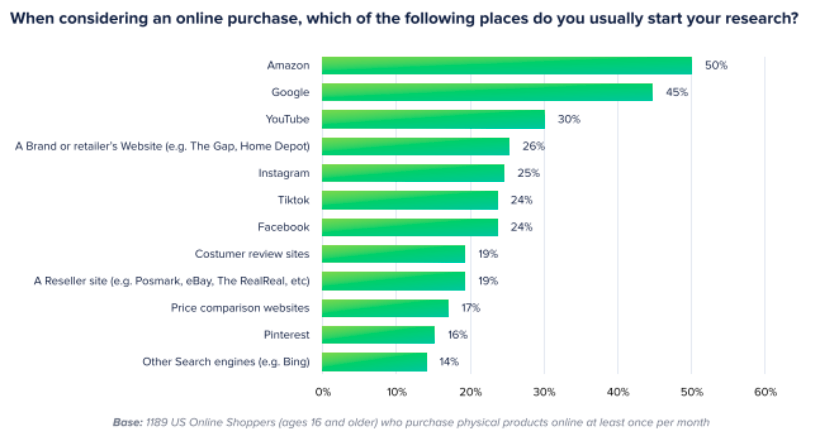
The connection between shipping, returns, and customer loyalty cannot be overstated. Efficient shipping and hassle-free returns are pivotal in building a positive brand experience. For businesses, this entails more than just attracting new customers; it involves creating brand advocates. Fostering loyalty through exceptional shipping and return experiences results in higher customer lifetime value and, ultimately, sustained business expansion.
Effective shipping in the ecommerce landscape is a powerful tool that, when leveraged correctly, can dramatically enhance customer satisfaction, foster loyalty, and provide a significant competitive advantage. By comprehending and responding to the changing expectations regarding shipping and returns, businesses can strategically position themselves for success in a crowded and competitive market.
Picking the best shipping carrier for your business demands involves considering a range of essential criteria. Here are some key areas to guide your decision:
For Startups: The first step on your path is a thorough evaluation of your shipping needs. Consider the dimensions, weight, and destination of your products. Research and compare different carriers, focusing on those that match your specific needs in terms of cost, delivery speed, and service reliability. Utilize digital tools and platforms that offer shipping cost calculators and delivery time estimates, providing a solid foundation for your decision-making process.
For Scaling Businesses: As your business grows, the relationship you build with your carriers becomes increasingly significant. Negotiating strategic partnerships can lead to preferred rates and access to more sophisticated shipping solutions. Embrace a multi-carrier strategy to diversify your shipping options. This not only ensures you can maintain service reliability and cost-effectiveness but also enables you to meet diverse customer preferences and logistical challenges across various geographies.
Cost, Quality, and Time:
Services Offered and Reliability:
Selecting a carrier that aligns with your business’s specific needs, values, and customer expectations is key to optimizing your shipping strategy and enhancing your overall supply chain efficiency.
Mastering the complex landscape of shipping rates involves a foundational understanding of various factors, like base rates, minimums, fuel surcharges and dimensional weight pricing. You are certainly not alone if you have looked at your carrier invoice in bewilderment as you wondered if there was any other option than to just pay it and move one. Understanding the basic details of carrier invoices and shipping rates is a key first step to optimizing your supply chain and finding many ways to reduce variable costs in a highly competitive market. Below are some key areas to help build that foundational understanding:
Additional Charges
Through analyzing these elements, businesses can devise more effective strategies to minimize shipping expenses while maintaining service quality.
The resounding expectations are that shipping costs will keep rising in the near term. This trend is driven by multiple influences, but it is not our place to attempt to prognosticate on the many global factors that could continue to drive all shipping costs higher. The goal of this guide is to help anyone reading it understand how to build shipping and logistics processes that can endure challenges big and small. While small parcel shipping costs have risen dramatically over the past 5 years, there are an abundance of strategies available to start fighting back today. In the next section, we break down the proven strategies you can use to reduce your company’s shipping costs in 2024.
In the face of persistently high shipping costs anticipated to last for several years, it is more important than ever before to proactively pursue better shipping rates and shipping cost reduction strategies. The good news for you is that we put together some actionable steps you can put to work to reduce your shipping costs today:
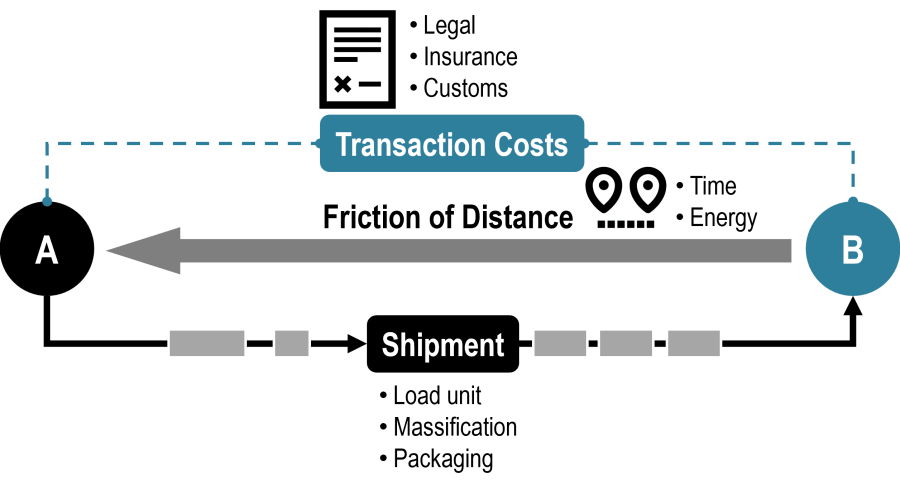
Parcel Consulting can help expedite this process by providing a detailed analysis of the best shipping rates and programs for your business. Our team of shipping experts has dedicated decades to assessing, negotiating, setting up, and monitoring these carrier rates and programs, saving you the hassle and tons of time. You could do the same trying to figure this all out…or you can just skip to the part where you get better shipping rates and services!
Service Highlights
We can start the process by scheduling a consultation here or you can request a custom link for your business with a secure, encrypted process online to get a detailed analysis of your current shipping rates and spend. We detail the maximum savings possible and share any additional ways identified to reduce your shipping costs. This analysis is a no-risk opportunity to understand your shipping operations better and to identify savings opportunities. We can also share the steps necessary to achieve those savings, whether you want our further assistance or not. It’s really that simple to start for companies of any size looking for better shipping rates.
For those businesses that want to maximize their savings and leverage our network to grow their business, Parcel Consulting offers a few straightforward options:
Parcel Consulting has made it easy to access our shipping rates programs, work with our experienced team directly on your shipping needs, and get tailored access to our extensive partner network. We will continue to make shipping rates as easy as possible.
We started the Growth Accelerator Club to deliver something special to an exclusive group of businesses poised to tackle the massive opportunity in ecommerce right now. Anyone can apply, but Club membership is limited to stay focused on a select group of businesses that want to double the size of their business over the next year by leveraging our full suite of services.
Unlock Your Business’s Potential with Special Pricing
The Growth Accelerator Club is a gateway to maximizing business growth with minimal investment. Club members are offered special pricing and detailed engagement ensuring that the savings generated from shipping optimization are efficiently utilized to enhance your business’s visibility and growth.
After an application is approved, our team provides a proposal with guaranteed shipping savings and a clear, step-by-step plan for reinvesting some of these savings into high-impact marketing and advertising services. Each club member has a dedicated shipping consultant, digital marketing expert, and account coordinator, and access to the broader team at Parcel Consulting, to ensure that every step is tailored to complement your operations and existing marketing and advertising team. We are here to work diligently with your business through the proven steps to better shipping and sustainable growth.
The Growth Accelerator Club delivers an innovative approach that ensures your investment in marketing and advertising effectively pays for itself through the savings generated, fostering increased visibility and revenue for your business. Members will have the expertise and experience of our entire team guiding them through seamless integration of better shipping cost management with marketing and advertising efforts, driving traffic, boosting sales, and reducing expenses—all in one.
When choosing shipping software, prioritize robust integration options, clear and fair pricing, and user-friendly features to automate common processes. Understand it is likely your future strategy may extend beyond your current ecommerce platforms, sales channels, and carriers. A software that seamlessly connects with a broad spectrum of tools/providers streamlines operations, minimizes errors, and provides your business flexibility as your process, needs and shipping volume change.
You’ll also want to assess the software provider’s commitment to innovation. As ecommerce and shipping evolve, a provider focused on new trends, technologies, and sustainability can significantly boost your competitive edge. Features like AI optimization, detailed analytics, consolidation, zone skipping, and flexible delivery options can help your company meet increasing consumer demands for affordable and efficient practices.
Make sure to cover these five crucial steps as you search for the best shipping software:
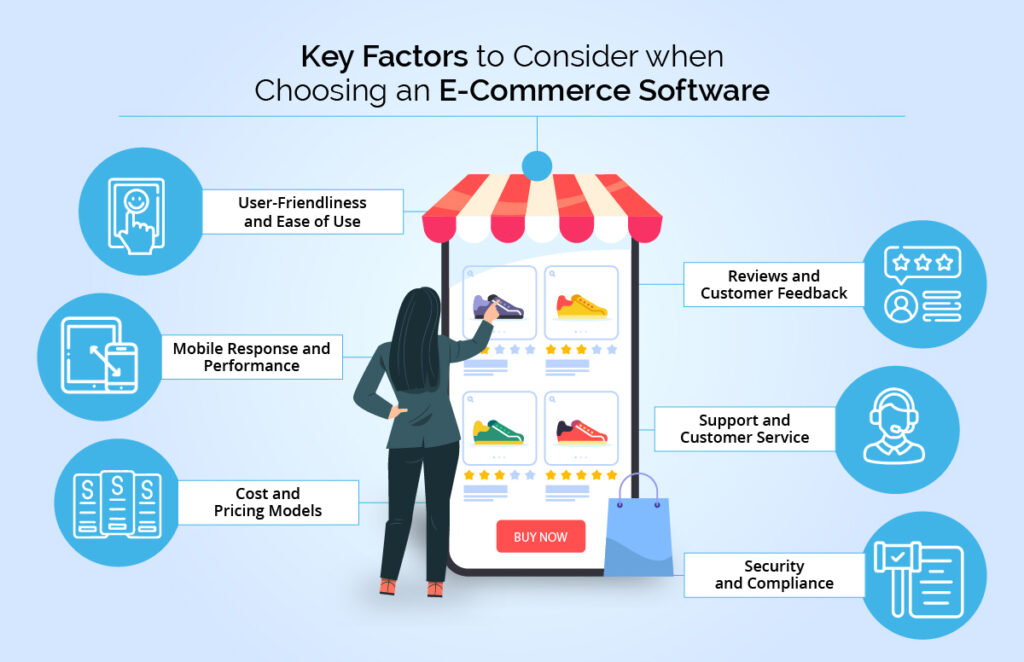
When embarking on your search for the best ecommerce shipping software, understanding your business requirements, scrutinizing key features, evaluating usability and support, dissecting the pricing model, and tapping into the collective wisdom of industry peers and reviews are pivotal steps. This comprehensive approach not only aligns with your current needs but also anticipates future expansions, ensuring your chosen solution can adapt and evolve with your business.
Adopting a strategy that involves multiple carriers can introduce competitive dynamics, potentially leading to more advantageous terms. Here’s a deeper dive into the benefits:
It is highly advisable to carefully assess the insurance provided directly by carriers, as it often comes with limitations and high costs. For items of higher value or requiring broader coverage, most businesses will want to use third-party shipping insurance, which generally offer similar coverage at a 50-90% discount. The best practice for most product types is typically finding the right shipping software for your needs and exploring third-party insurance providers offered in the platform. For very high value items, this process might need to start with finding the best insurance provider and review the systems they recommend.
For any shipping insurance, carefully read through your policy’s specifics, focusing on what’s covered, claim deadlines, and the necessary documentation to stay protected. Make sure the policy expressly covers the necessary product types, items, and valuations that your company needs. Make sure you document which countries the insurance provider will not cover. And make sure you contact the insurance provider directly to confirm coverage before shipping any expensive items that will cause harm to your company. It’s simple to confirm and should only be required for the first use of an insurance provider.
Clearly document the whole process claim process, including item-specific and country-specific requirements, from the start. The claim process will often involve submitting photos and details about your shipment’s condition and packaging. Taking photos and notes of each shipment is obviously time consuming, so some shippers have implemented a process to record the packing process for each shipment.
Should any issues arise, promptly inform both the carrier and your insurer, keeping an eye on notification deadlines crucial for claim validity. Maintain organized records of all shipping documents and follow your insurer’s claims procedure diligently to facilitate a smooth process. Having detailed records for every item being shipped is your only hope of expediting the insurance claims process for any given shipment. Use each claim as a learning experience to add to company documentation, outline processes for staff, update your online shipping and returns policies, refine your shipping methods, or find new carriers and insurance providers.
While most ecommerce businesses won’t deal with a lot of freight shipping, it is still valuable to understand some simple ways to reduce your freight costs as well. Here are some tips to get started:
Leveraging your shipping volume and strategic insights can lead to better rates with carriers. The problem is that carrier’s have made it harder to understand your exact costs, how they compare to other businesses, and certainly won’t let you know where they would likely make some concessions to keep your business.
That takes the experience of understanding every aspect of base rates, minimum, surcharges, fees, volume requirements, pickup charges, dimensional weight and more. Even with a solid understanding of every detail of your carrier invoice, it can be difficult to know what similar size companies are paying for their shipping. It is even harder to pinpoint where your carrier has been flexible on contract terms or surcharges with other shippers.
While it never hurts to ask for a better rate from your carrier, this is an area where professional experience and vast amounts of data simply deliver better results on every front. Adeptly negotiating and managing carrier contracts can significantly streamline operations and enhance efficiency, but it is complex and time-consuming to achieve these results if you don’t know what you don’t know. Here some tips that will help get you up to speed quicker:
Know Your Data: Before entering discussions, arm yourself with crucial data:
Outlining these key figures for your business will provide you with the tools to have an educated discussion with any of your carrier sales representatives about how they can help your business. To truly know your shipping data and understand exactly where to press for concessions from the carrier and where you can happily concede to the carriers, you’ll have to understand and track some key performance indicators for all your small parcel shipping.
When evaluating carriers,such as UPS, FedEx, USPS, DHL, and other regional services for small parcel shipping and expecting to explore opportunities for better shipping rates and coverage, it’s critical to monitor specific KPIs that reflect their performance and impact on your logistics strategy. Here’s what to consider:
Focusing on these KPIs will provide a comprehensive understanding of each carrier’s performance, enabling informed decisions to optimize your small parcel shipping operations. These key stats also help shape the focus of any carrier contract negotiations and guide what requests will be most impactful for your company.
Understanding Contract Compliance:
The only way for businesses to keep the fight fair when it comes to managing carrier invoices, spotting any issues/discrepancies and getting invoice adjustments completed is through the active use of technology. Automating carrier contract compliance and tracking rates and delivery performance are also cornerstone strategies to reduce your annual shipping costs. Businesses that neglect this aspect of ecommerce shipping will continue to overpay significantly for shipping in 2024 and beyond.
Utilizing technology has revolutionized how companies track and enforce contract compliance and monitor carrier performance. This technological leverage, combined with regular assessment of carriers based on reliability, delivery speed, package handling quality, and customer service, will help ensure that your carriers consistently meet their operational and pricing obligations to your company.

The journey of growing and expanding an ecommerce business is fraught with challenges. But for the astute business owner or operator, these hurdles are not dead ends. They are key springboards to success. Here are some innovative solutions, enriched with examples and advice to cater to businesses of any size, that are being used to expand and scale the best ecommerce businesses in the world.
In the rapidly changing field of logistics, integrating technology for improved insight and real-time management is becoming imperative. Below are pivotal innovations shaping the future of shipping and logistics:
Incorporating the Internet of Things (IoT) into the supply chain brings accuracy with the use of sensors and intelligent devices. This tech gathers immediate data on transportation means, inventory, and the condition of goods. Such granular visibility allows for the dynamic rerouting of shipments, enhanced inventory control, and continuous monitoring of sensitive cargo and essential equipment.
Blockchain technology offers many interesting use cases for shipping and logistics, including custody solutions, digital recording of ownership rights, process/product transparency, trustless transactions, and operational efficiency through real-time tracking and cost reduction.
Simultaneously, Artificial Intelligence (AI) and data analytics become indispensable for inventory management, demand prediction, route optimization, and data analysis, significantly improving operational performance and decision-making.
These technological leaps signal a move towards smarter, more streamlined, and transparent logistics operations, ensuring businesses are well-equipped to satisfy the escalating demands of a globalized market.
The adoption of advanced technological solutions can significantly streamline operations, minimize costs, and improve the overall customer experience. This article explores the transformative potential of integrating cutting-edge technology into business logistics, with a particular focus on shipping strategies. By leveraging innovative tools and techniques, companies can enhance efficiency, optimize expense management, and deliver superior customer service.
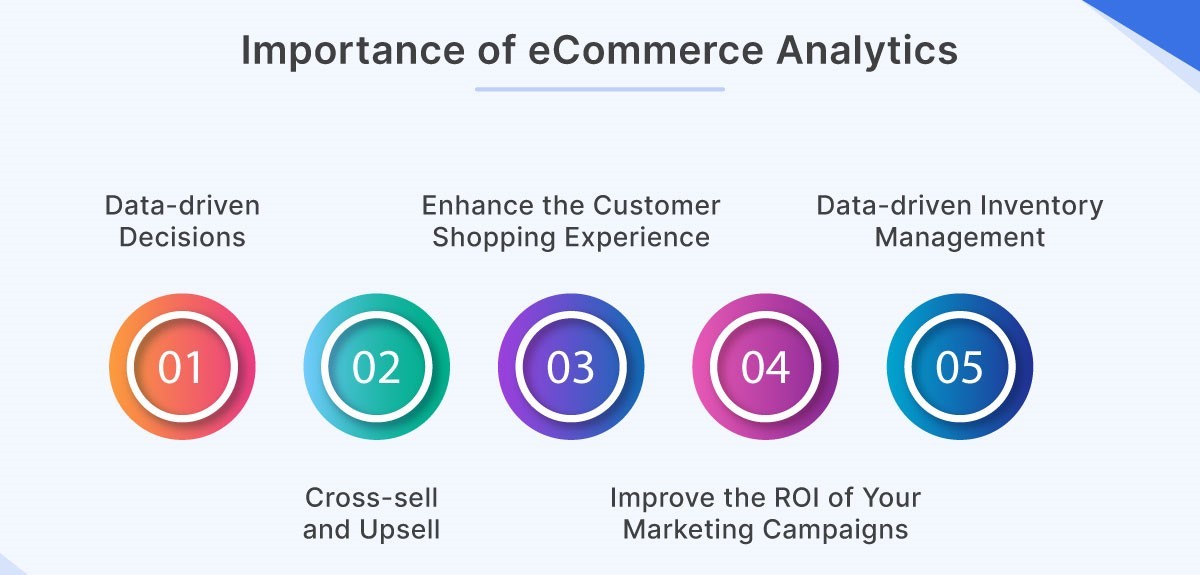
Making informed decisions based on data analysis can significantly enhance every aspect of your business, from inventory management to shipping efficiency to new product development. Understanding and implementing strategies for inventory procurement, forecasting, and placement, and optimizing shipping processes through data analysis, will lead to improved operational efficiency, cost savings, and customer satisfaction.
Best Practices for Inventory Management
Effective stock control is crucial in preserving the fine equilibrium between satisfying consumer needs and reducing surplus inventory. Data analytics can identify purchasing patterns, seasonal trends, and product popularity, enabling businesses to:
Forecasting Tools for Data-Driven Decisions
Utilizing predictive analytics tools driven by machine learning and artificial intelligence can transform unprocessed data into practical knowledge. These tools analyze historical sales data, factor in external variables like market trends and seasonality, and predict future demand with remarkable accuracy.
These tools will help drive the next generation of ecommerce leaders as they adopt technology and practices to precisely meet consumer demands.
The Importance of Data Analysis in Shipping
Data analysis in shipping not only uncovers inefficiencies but also identifies opportunities for optimization and cost reduction. As covered earlier, key performance indicators (KPIs) such as delivery times, shipping cost per order, and carrier performance metrics can guide strategic decisions. Here are a few additional ways that better data analysis will improve your shipping:
Tools and Techniques for Shipping Data Analysis
Today’s ecommerce ventures have at their disposal an extensive array of technologies aimed at collecting, analyzing, and making sense of shipping data. Leveraging these technologies can refine shipping processes and bolster strategic decisions:
The effective use of data analysis in inventory management and shipping processes is a game-changer for ecommerce businesses. By embracing best practices, leveraging forecasting tools, and analyzing shipping data, businesses can achieve operational excellence. This holistic approach not only optimizes inventory levels and shipping efficiency but also drives growth, improves customer satisfaction, and builds a robust foundation for future success in the competitive ecommerce landscape.
International shipping presents such a complex web of challenges and opportunities for ecommerce businesses that we gave it a whole section by itself. Expanding your reach globally can significantly increase your market size, but it also involves navigating the intricate landscape of customs, duties, and international shipping regulations. This section aims to demystify the process, providing practical tips for efficient and cost-effective international shipping and logistics.
Crossing into international markets presents vast opportunities alongside a complex web of regulatory, cultural, and consumer expectation hurdles. International shipping is expensive, complicated, and typically more labor intensive.
Solution: Carry out thorough market analysis to grasp the regulatory landscape, cultural intricacies, and consumer tastes in your intended global markets. Forge solid alliances with logistics providers who have a proven track record in international shipping, ensuring smooth handling of customs, tariffs, and worldwide delivery hurdles. Tailor your products and promotional tactics to resonate with the unique preferences and anticipations of your global clientele. Implement a robust customer service framework that can handle the nuances of international support, ensuring clear communication and a positive experience across different time zones and languages.
Small and medium-sized businesses may find a foothold in new markets by leveraging global marketplaces like Amazon, eBay, or Alibaba, which provide a structured pathway to international sales. Larger organizations might look towards establishing local offices or pursuing acquisitions to ensure market compliance and cultural alignment, laying a strong foundation for sustained international presence.
Understanding and complying with the myriad of international shipping regulations is crucial to ensuring your packages reach their destinations without unnecessary delays or expenses.
While international shipping presents complexities, it remains a manageable part of taking your ecommerce business to a global stage. By understanding and navigating customs regulations, optimizing your logistics strategies, and carefully selecting your shipping partners, you can ensure your products move across borders as smoothly and cost-effectively as possible. Remember, successful international shipping relies not just on getting packages from point A to point B, but on a deep understanding of the legal, regulatory, and cultural landscapes that vary significantly across global markets.

Ecommerce giants like Amazon, Chewy, and Warby Parker leading the charge in innovation and customer satisfaction. Their success stories offer invaluable lessons for businesses of all sizes, particularly in mastering the complexities of shipping and logistics. Coupled with insights into future trends, these lessons can guide smaller businesses in adapting strategies and innovations for sustained growth and competitiveness.
Amazon has set the gold standard for ecommerce efficiency with its Prime membership, offering fast, free shipping that has become a consumer expectation across the board. The key takeaway is the emphasis on logistics optimization and customer loyalty, demonstrating the value of investing in a robust fulfillment network and technology to streamline operations.
Chewy outshines the competition in the pet supply industry, especially when it comes to customer service, offering free shipping both ways to encourage purchases and generally simplifying the returns process when needed. This approach underscores the importance of a customer-centric returns policy and the role of hassle-free logistics in building brand loyalty and trust.
Warby Parker highlights the significance of aligning shipping and returns with business models with brand values. Warby Parker’s home try-on program showcases the innovative use of shipping with built-in returns as a component of the customer experience, illustrating how creative shipping strategies can enhance brand differentiation and engagement.
Smaller businesses can draw from these giants by focusing on:
Here are a few major trends influencing the evolution of ecommerce shipping that your business ought to take note of:
To stay ahead, businesses should:
By emulating the strategies of leading ecommerce players and keeping pace with new developments, companies can adeptly manage the intricacies of shipping and logistics. Implementing these adaptable strategies and innovations will not only optimize current operations but also ensure readiness for the future landscape of ecommerce shipping.
Throughout this comprehensive guide, we’ve explored the multifaceted world of ecommerce shipping, from mastering the basics and understanding international logistics to leveraging technology for efficiency and adopting sustainable practices. Key takeaways include the importance of selecting the right carriers, optimizing inventory and forecasting, managing customs and international shipping complexities, and the pivotal role of technology in streamlining operations. Adopting these tactics and insights will not just improve your shipping processes but also provide your ecommerce business with a competitive edge.
Parcel Consulting stands at the forefront of transforming ecommerce businesses by reducing shipping costs, refining processes, and driving new traffic, ultimately growing revenue through our unique offerings. Our expertise in navigating the complexities of ecommerce logistics, combined with our innovative cost-neutral marketing services, provides a holistic approach to overcoming the challenges of ecommerce shipping. Let us partner with you to unlock the full potential of your ecommerce business, leveraging our tailored solutions to foster growth, efficiency, and customer satisfaction in an ever-evolving digital marketplace.
Call us today at 833-PARCEL-1 (833-727-2351) or schedule a consultation with our shipping experts here.
Navigating the world of ecommerce shipping requires a solid grasp of the key terms and processes that underpin the industry. This foundation not only aids in making informed decisions but also ensures smoother operations and enhanced customer satisfaction. Let’s break down the essentials.
Understanding these basics forms the bedrock of successful ecommerce shipping and logistics management. With this knowledge, businesses can better navigate the complexities of the shipping world, optimizing their operations and enhancing customer experiences.